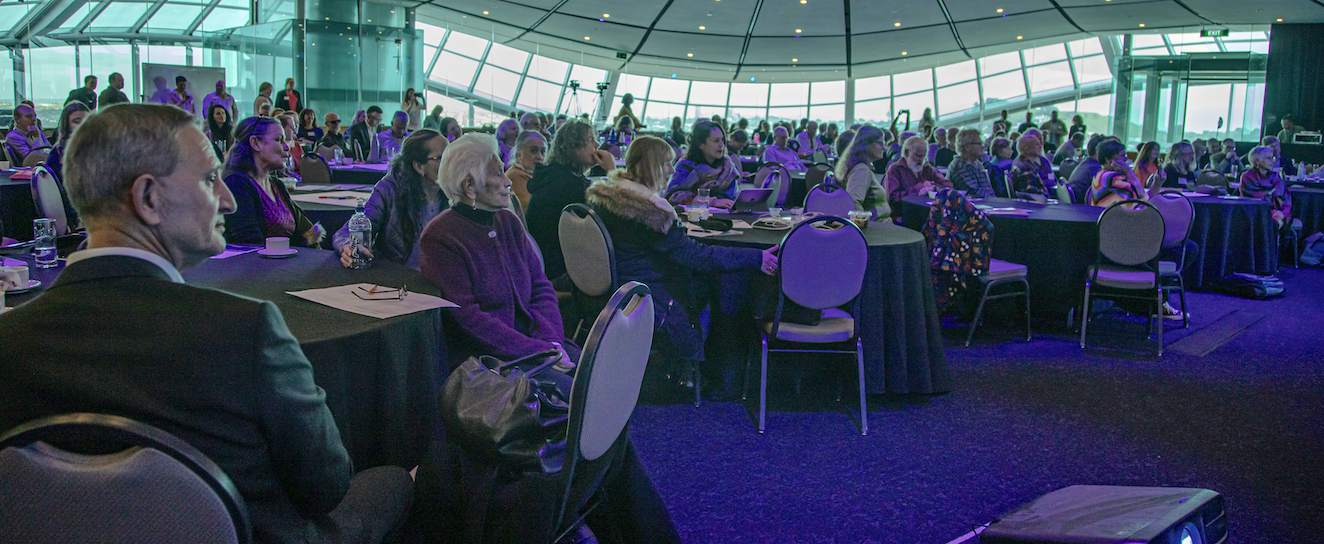
The 2019 Hauraki Gulf Marine Park Conference – Making Waves: Protecting and Restoring the Marine Park – saw over 250 participants flock to Auckland’s War Memorial Museum at the end of August. The annual event, which was held on August 27, saw an audience treated to a range of engaging and interactive presentations about the Marine Park which can be viewed here (http://gulfjournal.org.nz/seminar-talk/?seminar-name=2019-making-waves), but they also had the opportunity to participate in group sessions as a collaborative approach to further shape the Forum’s recently announced Big Goals of at least 20% marine protection and 1000sq kilometre of shellfish restoration.
The Holdaway Awards, which recognise extraordinary contributions to the Marine Park were presented to Betty Whaitiri Williams, former inaugural member of the Hauraki Gulf Forum, and posthumously to Roger Grace, marine biologist who passed away earlier this year.
The Conference also featured a keynote address from the Minister of Conservation at which the Government announced new funding for shellfish restoration (see: https://www.beehive.govt.nz/release/government-helps-fund-efforts-restore-shellfish-beds-hauraki-gulf) and several youth focused elements including a youth panel, virtual reality experience by NZ Geographic and BLAKE, and a view of the future from Young Ocean Explorers. Finally, conference participants worked together on the elements for a potential future vision for the Marine Park.

It was a momentous occasion.
A newly released book captures the significance of Hauturu Little Barrier Island and the ecological identity of this wonderful natural reserve.
Hauturu: History, flora and fauna of Little Barrier Island was launched at the Auckland Museum in September featuring key note speakers including editors Lyn Wade and Dick Veitch, along with The Little Barrier Supporters Trust patron Ruud Kleinpaste.
One of the evening’s highlights were the key insights, examples and experiences from the speakers who spoke about the historical significance of Hauturu and about the future of conservation in Aotearoa New Zealand.
Marine protection for the Hauraki Gulf was also noted as a shared vision for many who live, work and thrive on the Gulf.
Representatives of Ngati Whatua Orākei and Ngati Manuhiri also welcomed the crowd of several hundred attendees and highlighted the importance of Hauturu to mana whenua.
This important piece of literature is now available from booksellers nationwide. However, for those who wish to support the work of the Littler Barrier Island (Hauturu) Supporters Trust we encourage you to purchase a copy directly from the Trust.
For more information or to purchase a book, please follow the link below to the Trust’s website.
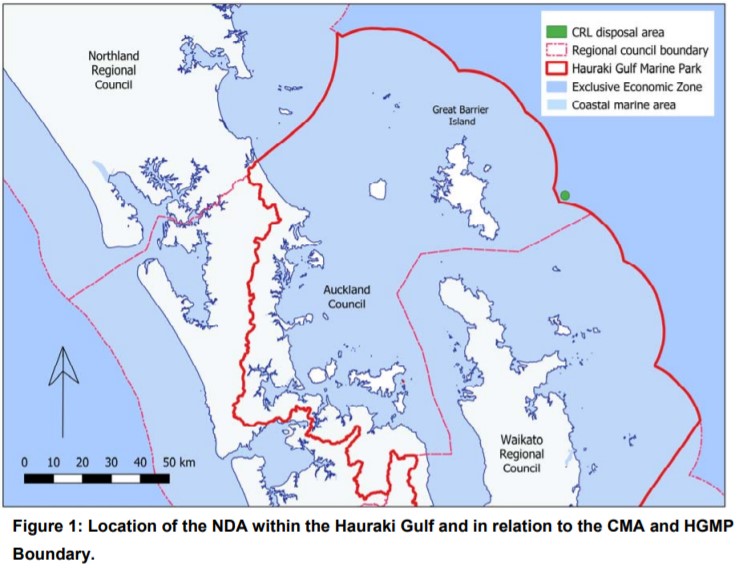
In the last edition of the Gulf Journal, we reported that the Environmental Protection Authority (EPA) had granted Coastal Resources Limited a 35-year marine consent to dispose of not more than 250,000 cubic metres of dredged sediment each year at the site identified in the map below.
Two appeals have since been lodged against the EPA’s decision with the High Court in Wellington, from the Society for the Protection of Aotea Community & Ecology and Great Barrier Islander Kelly Klink, of iwi Ngāti Rehua-Ngātiwai ki Aotea.
The High Court will hear the appeals on 22 and 23 July 2019.
Representatives from the Great Barrier Island Environmental Trust presented to the Hauraki Gulf Forum on 20 May, citing biosecurity risks, risks for marine mammals, risks of premature discharge from barges and cumulative effects as major concerns. The Trust is urging agencies to truly consider how dredge spoil can be managed without such high risks to, and impacts on, the Hauraki Gulf Marine Park, marine mammals and islands, and how alternatives to marine disposal can be properly explored and fast-tracked.
The presentation from the Great Barrier Island Environmental Trust will be available soon along with the minutes from the Forum’s meeting. Keep an eye on the agendas and minutes page.
New Zealand Herald has also reported on this story.

More cruise ships will be moving through the gulf in coming years, but with speed and light issues, is it time to have a serious conversation around protocols for them?
... READ FEATURE
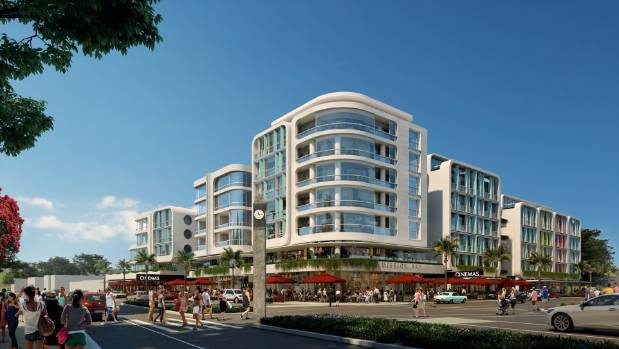
It may be a quiet little seaside suburb, but affluent Mission Bay, near the entrance to the Waitemata Harbour, could dramatically change under a proposed $200 million revamp, as Auckland continues to expand.
One hundred new apartments and townhouses are planned along with a new cinema facility, and spaces for hospitality, retail and recreation, including eight level high buildings.
The Bay got its name after land was bought there in 1840 for a Melanesian Mission.
Read more here
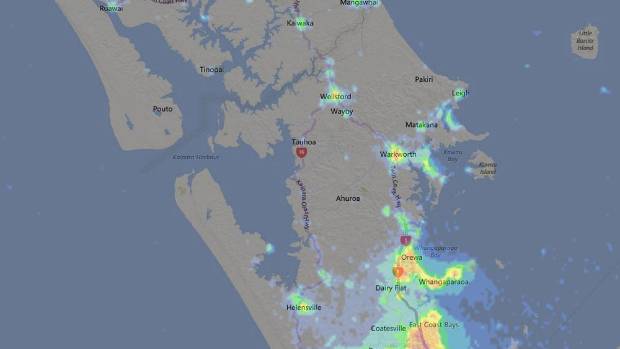
When Aotea Great Barrier Island was awarded International Dark Sky Sanctuary status last year, it caused quite a stir. It is just one of three places globally to gain the designation and the first island. With off grid power, no street lighting, large areas of conservation land, and being 90 kilometres form central Auckland, it proved to be a winner. Folk on the Barrier have taken to their new status with pride, including seeing it as a piece of the island’s tourism pie.
Nalayini Davies, the scientist who set the island on the road to its new found status, sees access to clear night skies as conservation on a cosmic scale.
She sees dark sky possibilities for Rodney in north Auckland and other areas around the Gulf, but says action needs to be taken before increased development gets underway – so conserving dark night skies is taken into account with council planning.
Read more here

A study on the cause of death of hundreds of thousands of cockles in the Long Bay Okura Marine Reserve has found they are environmentally stressed rather than diseased.
Though not conclusive on any one cause, struggling with sediment issues is a possibility the MPI report found on a major die-back that occurred at the reserve in March. Advocates for the reserve have long maintained sediment from large scale development earthworks, backing onto the reserve, are having a serious affect on the health of the reserve.
Read more here
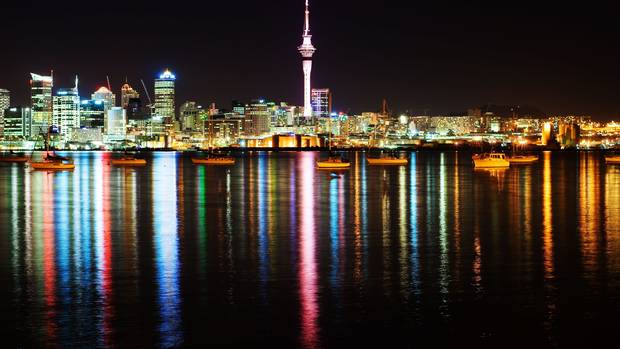
Increasing the number of visiting cruise ships and targeting passengers is just part of a new tourism strategy for Auckland by Council’s tourism agency ATEED. There are hopes of nearly double the $8 billion coming into the city from tourism by 2025. But rather than massively more tourists, the aim is to attract more higher paying ones, including from conventions and cruise ships. Building the “night-time” economy is a priority as is encouraging local events to attract off-season visitors. There is a focus on “destination management” which concentrates on the quality and sustainability of attractions.
Read more here
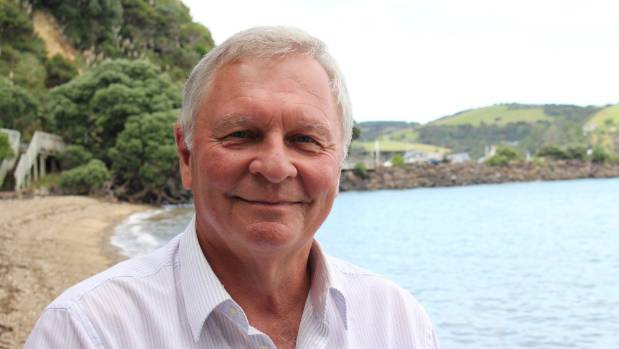
The Environment Court is currently hearing an appeal by Waiheke Island residents against an Auckland Council’s consent for a marina at Kennedy Point on the southern coast of the island.
The community group, Save Kennedy Point (SKP), and island resident Ron Walden are campaigning to stop a 186-berth marina being built by Kennedy Point Boatharbour Limited.
700 people have expressed interest in a berth in the marina which would occupy 7.3 hectares of Putiki Bay, and would be “an asset to the local community” according to its backers.
SKP has raised more than $200,000 from events and donations to pay for the legal battle against the marina.
Plans for another marina at Matiatia on Waiheke Island were turned down in December 2015, after the community raised more than $430,000 to fight the development.
Read more here
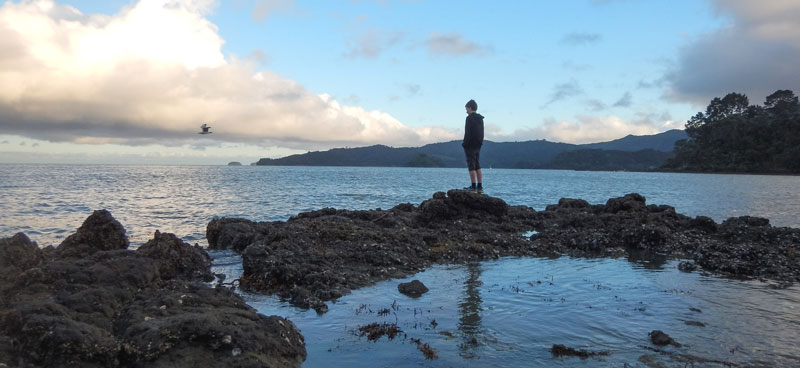
The summer population of the Thames Coromandel District Council is five times that of its permanent population. The summer population is also expected to grow. The commissioned study will help inform the council’s long term plan and other planning processes. The council is also currently consulting on a coastal management strategy.
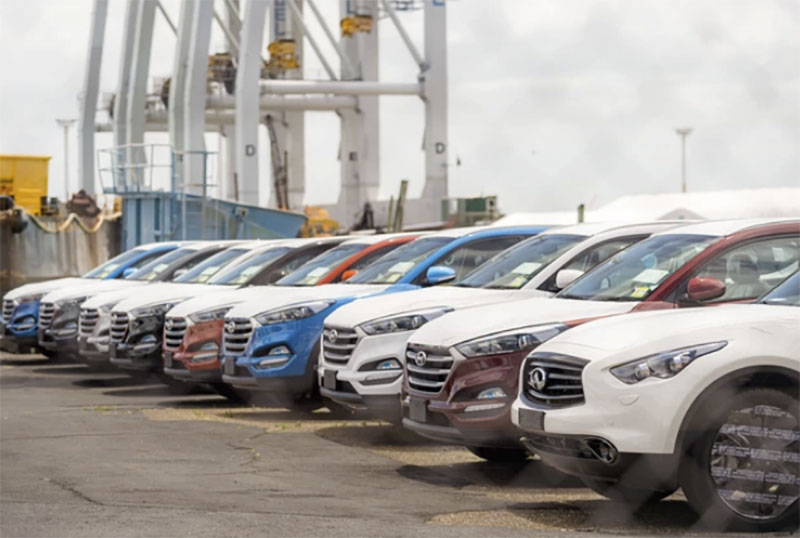
Ports of Auckland will not reclaim more land in the Waitemata Harbour.
Port chairwoman Liz Coutts said the port company had listened to the Auckland community about the desire to protect the harbour and the future people want to see for the city centre waterfront.
She said the city had changed around the port and community attitudes have changed.
“To survive as a port and to be a successful business, we have to operate sustainably,” Coutts wrote in the company’s recently released annual report.
Read more here
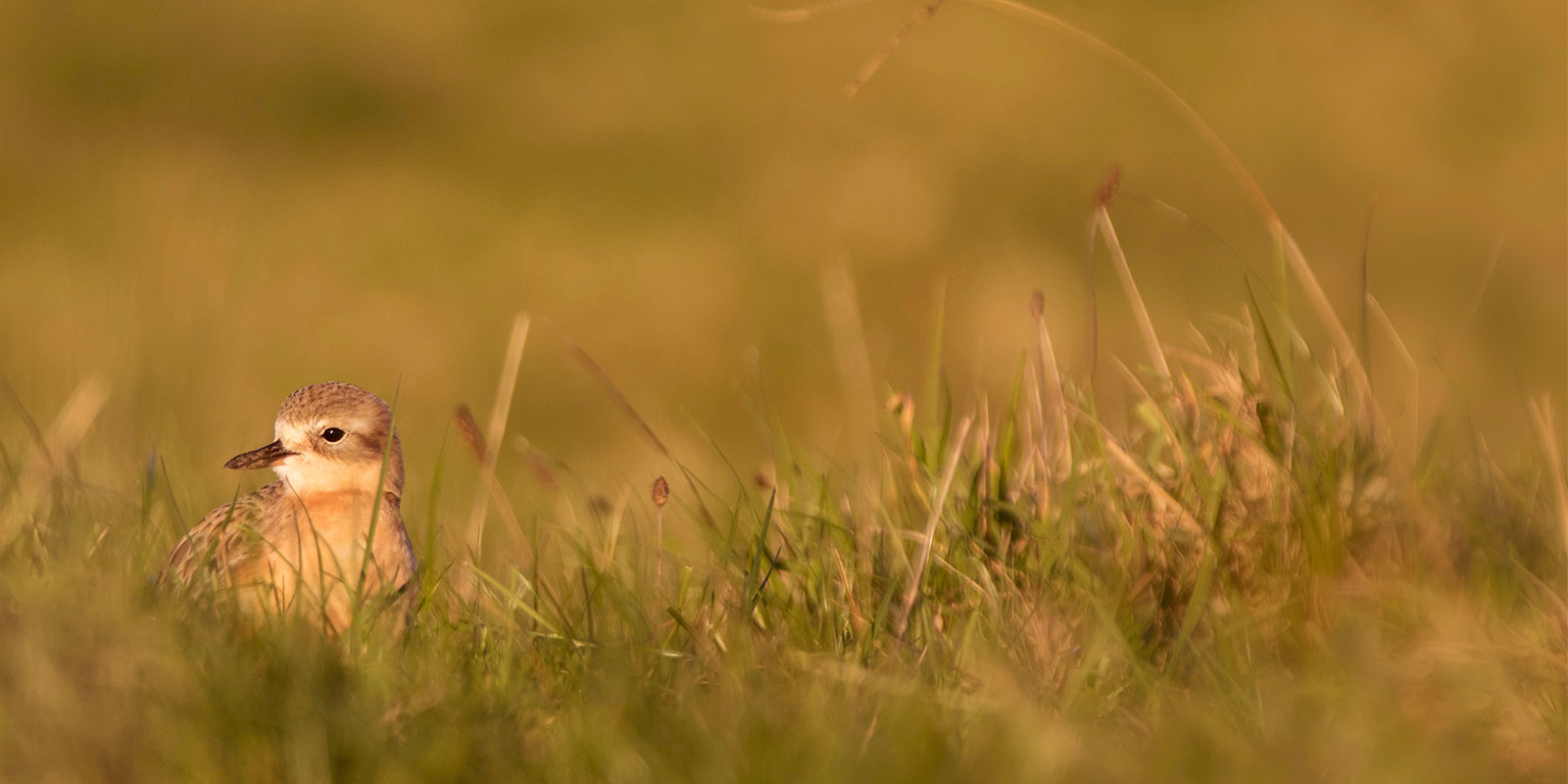
The Local Government and Environment Select Committee is currently considered a bill to enable development of housing on public reserve land at Point England. The development would impact on the last remaining shorebird roosting areas on the Tāmaki Estuary. A public petition to “Save Point England” attracted 1848 signatures.
Read more here
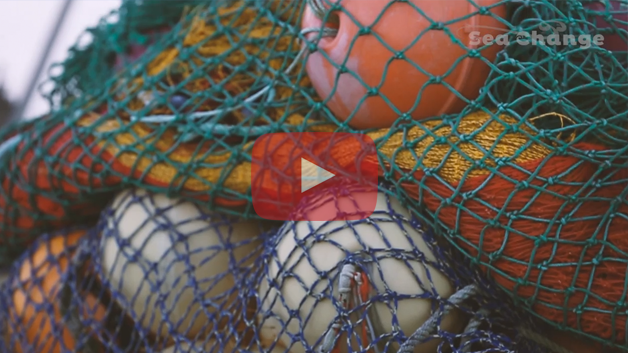
A Hauraki Gulf / Tikapa Moana marine spatial plan launched in December after three years work by a stakeholder working group is available on the Sea Change – Tai Timu Tai Pari project website.
The proposed plan contains five pathways designed to create long-term health and wellbeing for the Hauraki Gulf Marine Park. Transitions to high value wild caught and farmed fisheries, the creation of marine reserves areas and scaled up restoration initiatives, setting load limits and mitigation for sediment and nutrients, local-scale coastal management and ambitious public engagement are outlined in the December issue of the Gulf Journal.
Read it here
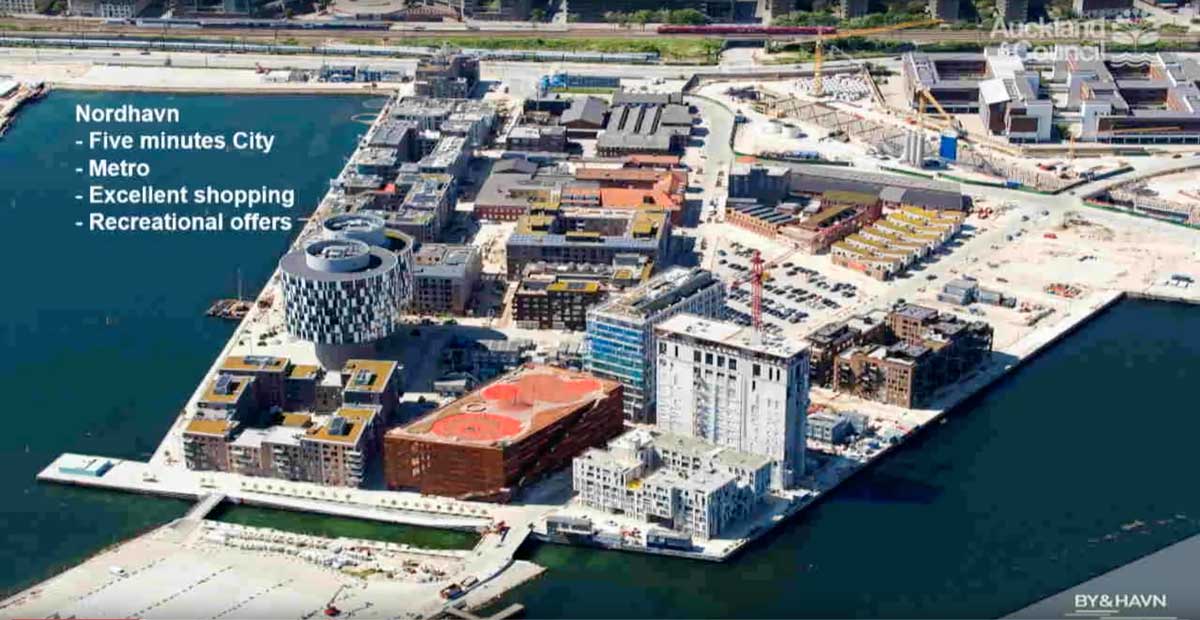
Panuku Development Auckland hosted a meeting of global waterfront development leaders in November.
Water Edge 2016 brought together experts from 14 international cities in Europe, the US and Canada, Asia, and the South Pacific.
Panuku Place Shaping Director Rod Marler said such symposiums create valuable relationships and an increased awareness of the complexity involved in creating outstanding urban waterfronts.
On behalf of Auckland Council, Panuku owns over $550 million worth of assets on the Waitematā Harbour comprising public spaces, marina assets and commercial property. By 2022, it expects to have completed the delivery of $440 million worth of public sector infrastructure investment to leverage what will amount to over NZ$1 billion of private sector investment.
Read more here
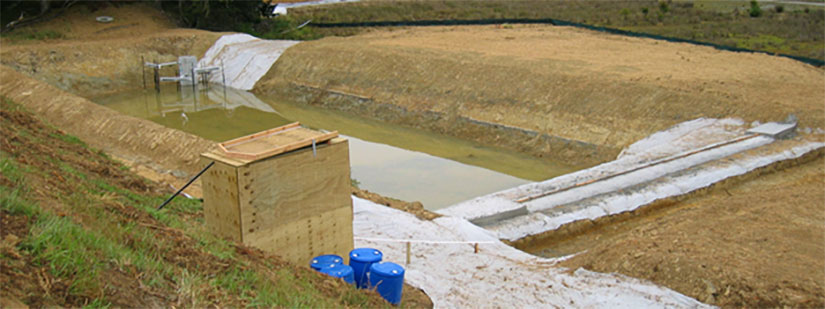
Auckland Council has recently revised its Erosion and Sediment Control Guide for Land Disturbing Activities in the Auckland Region.
Known as GD05 it provides technical guidance for the selection, design and use of erosion and sediment control practices and measures.
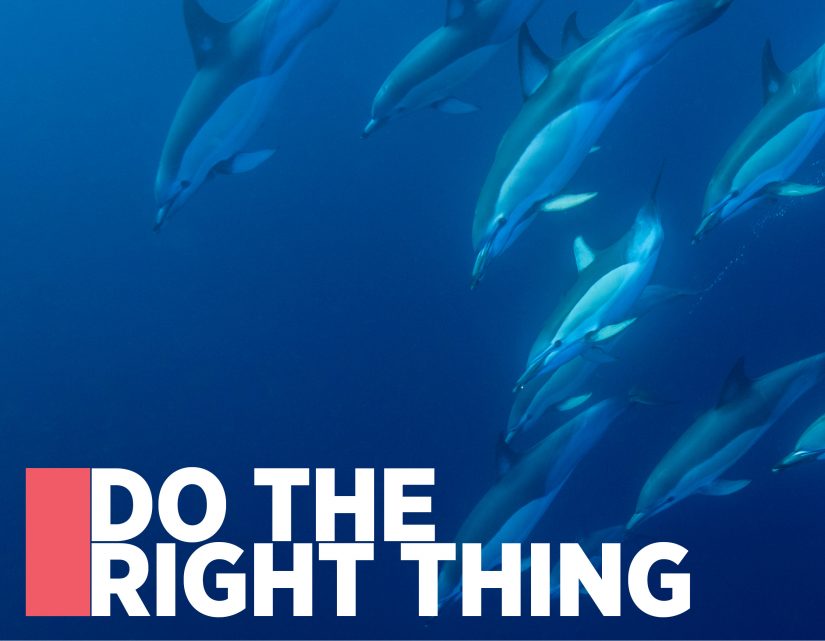
The 2016 Hauraki Gulf Marine Park Seminar asks what it takes to Do The Right Thing
- Can our primary industries reinvent themselves and their relationship with ecosystems?
- What is people-power unleashing around our islands, reefs and harbours?
- How can 600 years of indigenous knowledge and culture inform the way?
- Are fly fishing for kahawai and sailing with whales signs of the times?
- And where might the government fit in all this?
The Hauraki Gulf Forum has assembled an outstanding line-up of speakers for its seventh annual seminar on Tuesday, September 13 at Auckland Museum.
Book here

The New Zealand Coastal Society has published Adapting to the consequences of climate change: Engaging with communities to assist coastal professionals, decision-makers and communities in preparing for sea-level rise and the associated effects of climate change.
Read it here
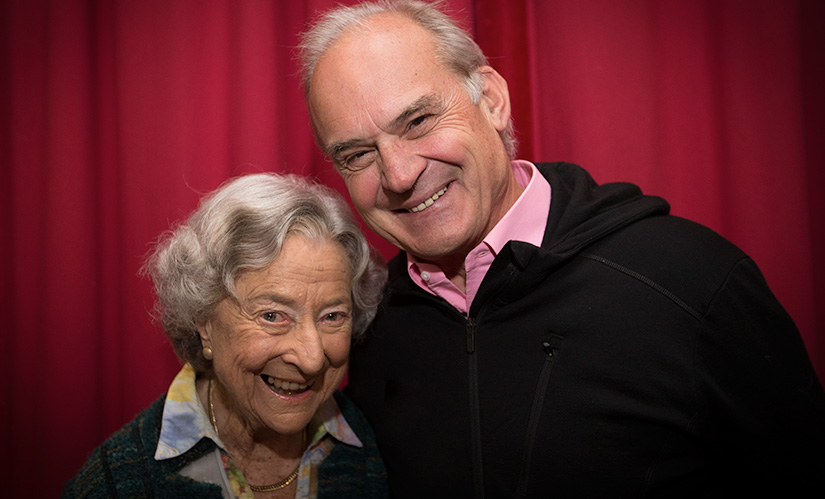
Rob Fenwick, 2016 finalist for New Zealander of the Year and speaker at the Hauraki Gulf Marine Park seminar imagines the Hauraki Gulf in the year 2050.
... READ FEATURE
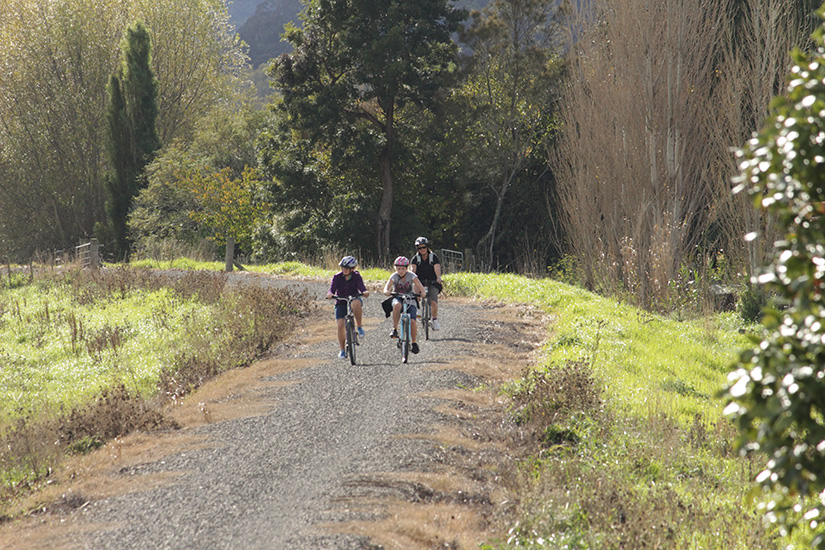
Work on the second stage of the popular Hauraki Rail Trail will start this year.
The cycleway extension from Kopu to Kaiaua will be funded through grants by the Thames-Coromandel and Hauraki district councils and by New Zealand Transport Agency for a Piako River bridge clip-on.
Highlights of the new stage will include Chenier plain shell banks, migratory bird habitat and the Miranda Shorebird Centre, Miranda Hot Springs, the Ramsar-listed wetland along the southern Firth of Thames shoreline and a crossing of the Waihou river via Kopu Bridge.
Read more here
The submission period on the Government’s proposed new approach to marine protection closed this month.
A consultation document outlines four new forms of protected areas – marine reserves, species-specific sanctuaries, seabed reserves, and recreational fishing parks – to replace the Marine Reserves Act 1971 and proposes a recreational fishing park in the inner Hauraki Gulf.
The Hauraki Gulf Forum recognises a new approach is needed and sees potential in application of the new categories in the Hauraki Gulf/ Tikapa Moana.
Its advocacy for the Sea Change Tai Timu Tai Pari marine spatial planning process is also consistent with the approach’s emphasis on collaborative process.
Chairman John Tregidga said a carefully integrated package of measures was needed to address the issues of decline identified through recent State of our Gulf assessments and to resolve protection and utilisation needs.
MFE: Marine Protected Areas
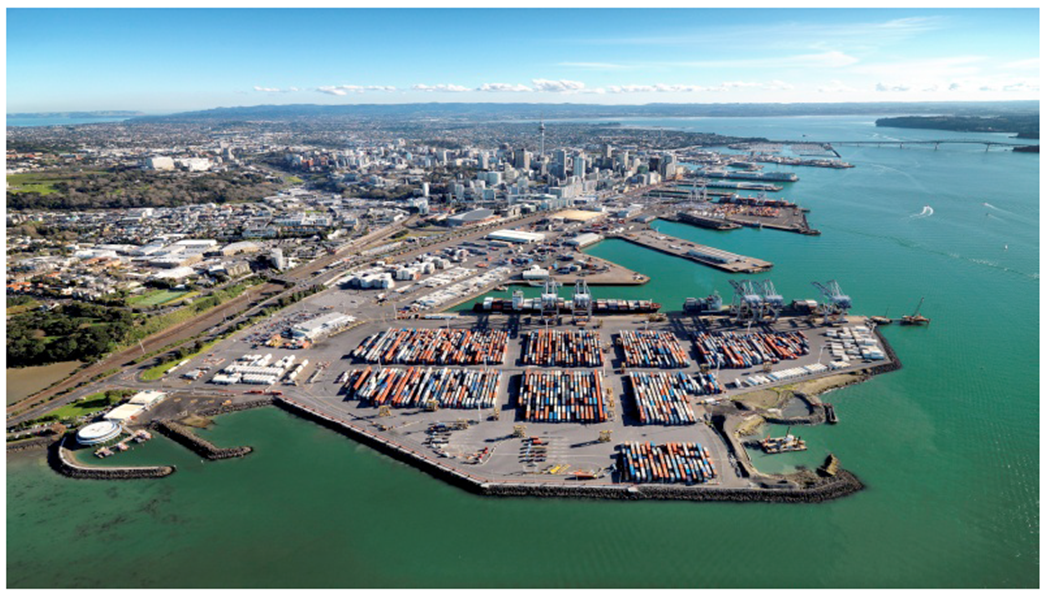
Auckland Council has established a collaborative process to determine the future of the city’s port.
A Port Future Study will consider economic, cultural, social and environmental costs and benefits of a range of options for the future longterm strategy of port development, including alternative port locations and reconfigurations.
Mayor Len Brown said a Consensus Working Group “must carefully provide the scope and direction for this complex piece of work, whilst maintaining a strong working relationship with the sector’s stakeholders.”
Rick Boven has been appointed to chair the group, which will make recommendations to the Auckland Council on the way forward.
Auckland Development Committee
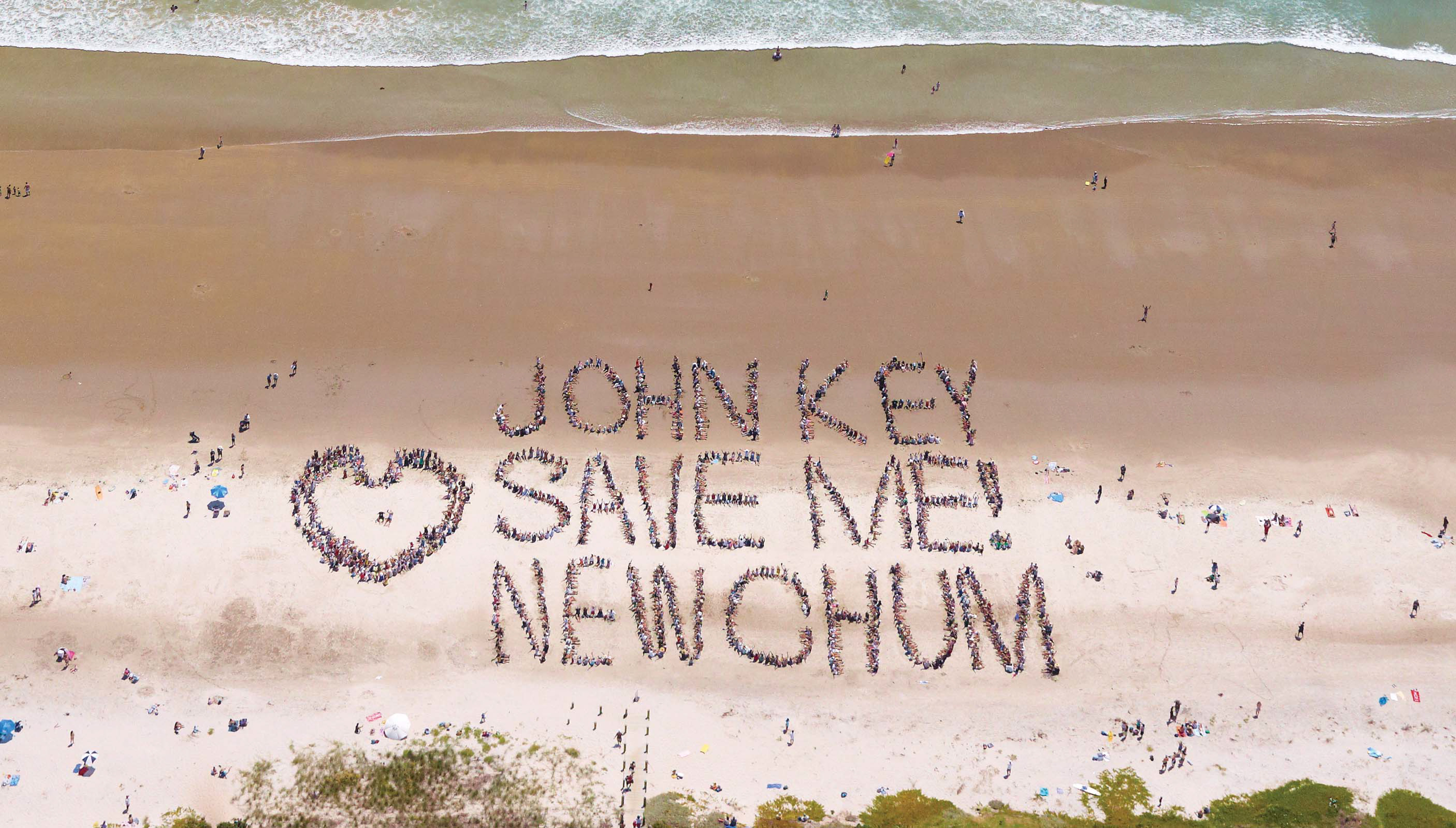
The latest subdivision application at Coromandel’s iconic New Chum Beach has been withdrawn by its applicants.
Thames Coromandel District Council announced the proposed four-lot subdivision had been withdrawn earlier this month, because of a disagreement among co-owners relating to access arrangements to the beach. 187 submissions had been received with 80 submitters requesting to be heard.
Thames-Coromandel District Council has indicated it does not have the resource to purchase the land. A community group Preserve New Chum has appealed for central and local government funding to help do so.
www.tcdc.govt.nz
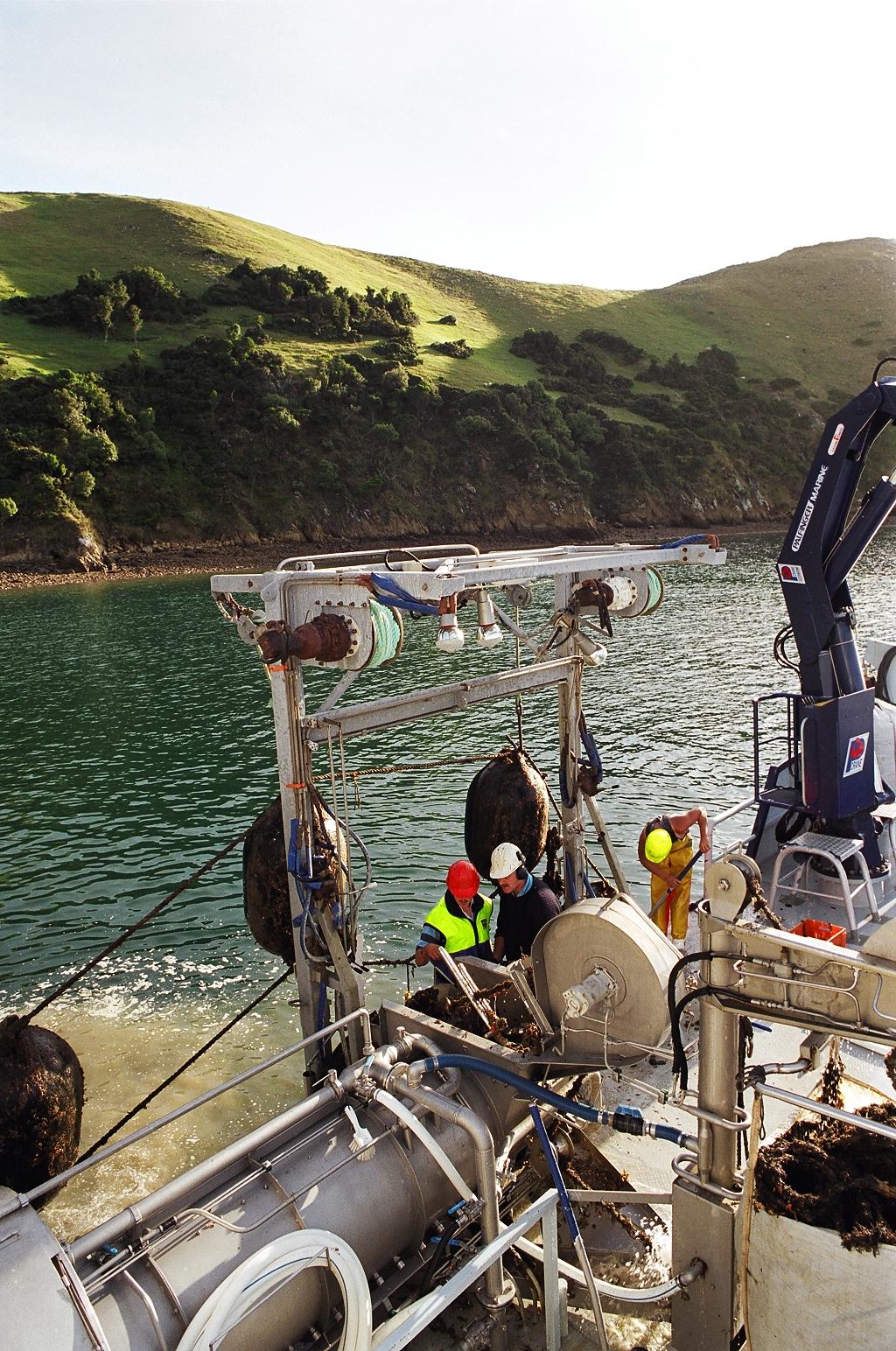
New Space Regional Aquaculture Agreements have been signed with iwi in three regions, including those from Auckland.
Minister for Primary Industries Nathan Guy said the agreements would help cement the partnership between the Crown and iwi and increase iwi participation and share in New Zealand aquaculture, which contributes 20 per cent of total fisheries production and 15 per cent of revenue.
The agreements are the result of the Māori Commercial Aquaculture Claims Settlement Act 2004, which requires the Crown to provide iwi aquaculture organisations with 20 percent of new commercial aquaculture space consented since October 2011, or anticipated to occur into the future.
“Through these agreements Māori will have the opportunity to be involved in aquaculture wherever it occurs in New Zealand,” Nathan Guy said.
New Aquaculture Agreements Signed























